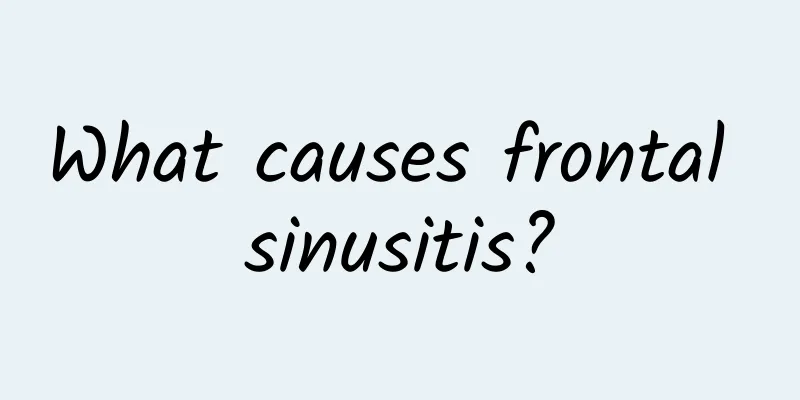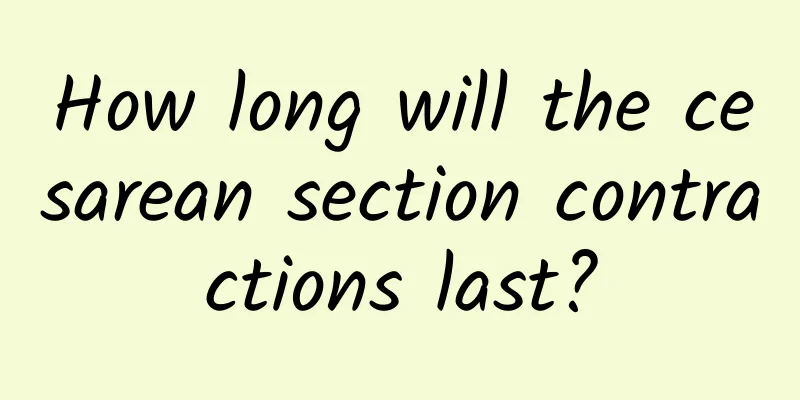What causes frontal sinusitis?

|
Common causes of frontal sinusitis include acute frontal sinusitis. If it is not treated effectively or is caused by improper treatment, it may also be caused by hypertrophy of the middle turbinate and nasal polyps. Therefore, symptomatic treatment should be carried out after understanding these causes. 1. If acute frontal sinusitis is not handled in time or is treated improperly, the mucosa will be severely damaged, lose its normal function, and become a chronic inflammation. 2. Allergic frontal sinusitis, edema of the nasofrontal duct mucosa, and reduced ciliary transport function block drainage during acute inflammation, turning it into chronic inflammation. 3. The nasal septum is high and curved, the middle turbinate is enlarged, there are nasal polyps, and the drainage of the nasal cavity and sinus complex is blocked. 4. Barotraumatic injuries, such as rappelling, swimming and diving, and scuba diving operations, can all cause chronic frontal sinus infection. 5. Systemic factors, such as reduced immune function, diabetes, malnutrition, vitamin deficiency, etc. (1) Non-surgical treatments include nasal vasoconstrictors and antibiotic nasal drops, replacement surgery, physical therapy, etc., which may only be effective for early mild cases. (ii) Intranasal surgery includes correction of high nasal septum deflection, nasal polypectomy, partial resection of the middle turbinate, etc. This type of surgery is suitable for patients with chronic suppurative frontal sinusitis who have not responded to non-surgical treatment, but it is not suitable for patients with a history of frontal sinus trauma or complications of frontal sinusitis. This type of surgery is also called adjunctive surgery. (III) Frontal sinus surgery: The patient lies supine and the patient is given surface anesthesia or general anesthesia. A V-shaped incision is made at the root of the nose on the lateral nasal wall, the mucosa is peeled off, the uncinate process is removed, and the anterior ethmoid sinus is opened. If the middle turbinate is enlarged, the middle turbinate should be fractured and displaced first, or the middle turbinate should be partially removed, the posterior edge of the maxillary process should be chiseled off, and the nasofrontal duct should be enlarged. During the operation, attention should be paid to the cribriform plate on the inner and posterior side of the nasofrontal duct. The mucosal flap should be repositioned after the operation, and the frontal sinus can be drained with a 6mm silicone tube and flushed after 6 days. This operation is relatively simple. There is less damage to the mucosa, it is relatively safe, it is not easy to cause stenosis of the nasofrontal duct, and no scars are left on the forehead. There is no need for more complicated intranasal frontal ethmoid surgery. If the effect is not good, extranasal surgery of the frontal sinus can be performed. |
<<: Experts answer whether IVF can be done if the patient has chromosomal abnormalities
>>: What porridge is good for a bad spleen?
Recommend
How to repair glomeruli
As we all know, the kidney is one of the five int...
What causes pain between the breasts?
There are several main factors that cause pain be...
How to Treat Amenorrhea
Many women experience amenorrhea. Everyone knows ...
What are the symptoms of rheumatic gout? What is the difference between the two?
Because both rheumatism and gout can cause joint ...
Which fruits can be soaked in wine?
Generally, you can choose mulberries, hawthorns o...
What is the most effective way to whiten a dark body?
There are two reasons for a dark body, namely, a ...
What should I do if my throat hurts when I swallow saliva?
In daily life, sore throat is a situation that ma...
Causes of kidney failure
Renal failure is a common disease in life and als...
Best treatment for liver cysts
Liver cyst is mainly a benign disease of the live...
What causes low sperm count?
There are many reasons for low sperm count. Gener...
What to do if urticaria itches
The disease of urticaria mainly occurs in the hot...
What causes dry mouth and dry nose?
Dry mouth is very common in daily life. There are...
Taboos of taking ginger in the morning
Ginger slices are naturally a good health-preserv...
What are the symptoms of bile reflux
Gallbladder and stomach reflux is a relatively sp...
Coarse salt hot compress method + 7 kinds of food to keep you away from joint pain!
Anyone who has had joint pain knows that it is ex...









